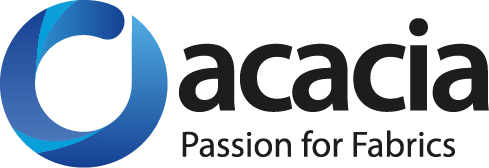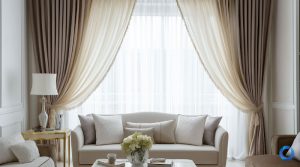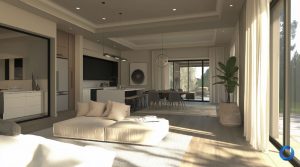
As the saying goes, ‘everything old is new again’. The latest window dressing trend to hit the interior design world is a throwback to vintage-style curtains from the 70s. Full of patterns and bold colors, vintage curtains are a fun decorating hack to instantly add some character and impact on your interior decor.
Similar to fashion, all things retro are having a resurgence right now. This style of curtain has already been spotted in the homes of Hollywood celebrities like Emma Roberts and Vanessa Hudgens. As well as, being covered by major decorating experts like Home and Garden magazine and Architectural Digest.
This year, renowned forecasting agency, WGSN, predicted curtains would be a big game changer in the interior design industry, as curtains not only play a big role in enhancing a room’s appearance and ambiance, but also has many functional features. Recent innovations in curtain technology such as phase-changing materials and UV filtration have made curtains very effective as fabric insulators to keep your home cool while improving energy consumption during the hotter seasons.
But the practical benefits do not stop there. The vintage curtain trend is also becoming increasingly popular among renters, who are looking for easy, non-permanent and budget-friendly ways to personalize their spaces. From creating soft dividers in large rooms, elevating a feature wall to making windows seem bigger than they really are, curtains offer creative solutions to many decorating dilemmas.
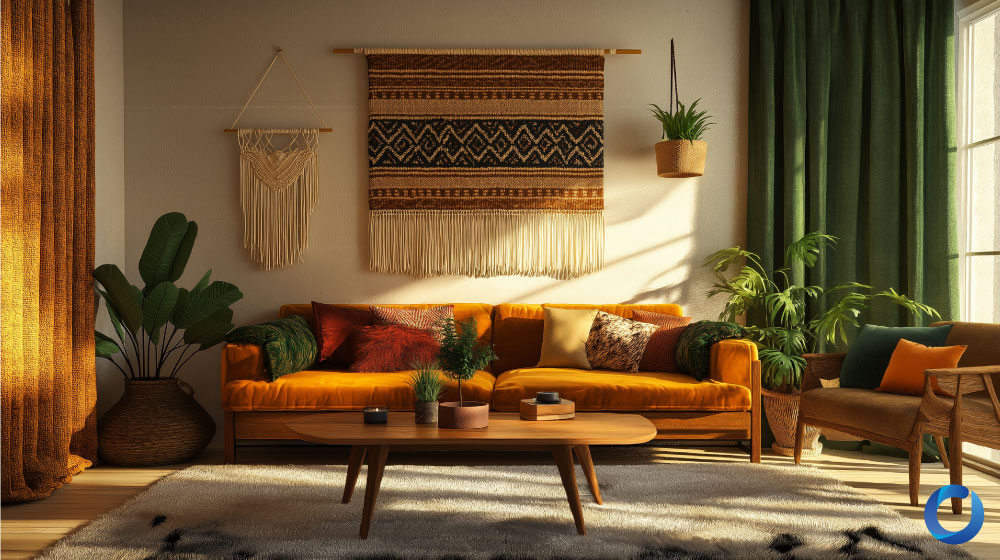
What are vintage curtains?
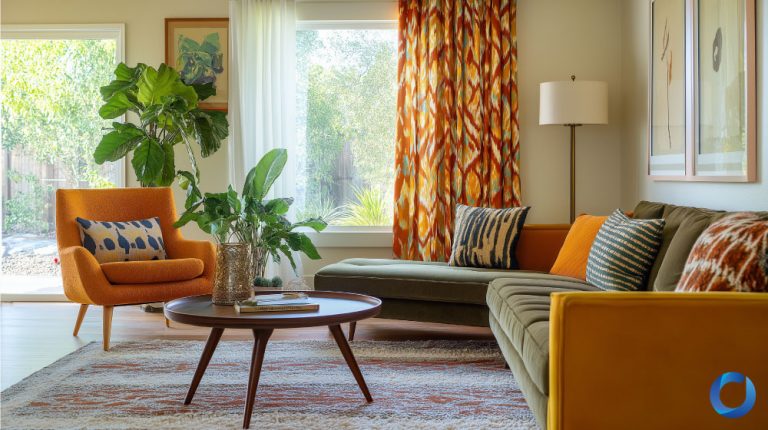
One area where the vintage curtain trend particularly shines is in the kitchen, a space now celebrated in the design world as the “Kitschen” trend. This term coined by trend forecasters at Pinterest, is a result of the increasing number of searches for retro interiors featuring bold colours and playful prints over the past year.
Sydney Stanback, Global Trends and Insights Lead at Pinterest notes, “In 2024 we’re going to say goodbye to farmhouse kitchens, and hello to kitschy kitchens, or what we like to call kitschens. Next year, Gen X and Boomers, in particular, will elevate their kitchen designs and cooking areas with thrifted finds, vintage appliances, and eye-jarring pops of paint as they are looking for ‘eclectic kitchen decor’, ‘kitschy kitchens’, ‘retro pink kitchens’ and more.”
In this context, the vintage curtains trend is a great complement to the larger retro trend as they can enhance your room’s aesthetic without disrupting the overall harmony. With that said, it is important to select the right type of curtain, color, drapery, and material to suit each room.
Most popular vintage-inspired curtain designs
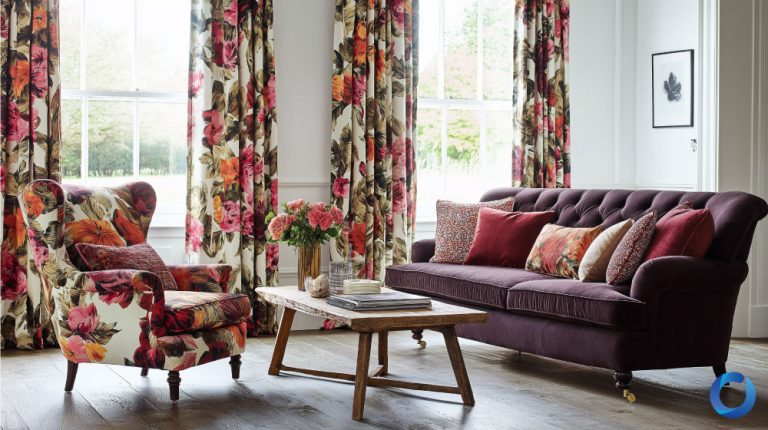
- Go bold with floral patterns
A staple for embracing the vintage curtain trend, bold floral prints are an ideal choice for enhancing a living room or bedroom. These curtains can seamlessly complement both modern and traditional style furniture, depending on the floral patterns chosen.
Experimenting with different sizes or colors of print will alter how your room looks and feels. Typically the size of the pattern should match the scale of the room. Large patterns work best in spacious rooms, while smaller patterns can act as an accent or add details without overwhelming the entire space. To create a very cohesive look, consider matching your curtains with your upholstery for a monochromatic effect. A trick that many interior designers apply is using the same print for the curtain on a wing chair to visually pull the entire room together.
Color combination should also be taken into consideration to create your desired atmosphere. Deep, rich hues are an instant way to incorporate the vintage look. Colors like sienna and ochre can liven up a room while maintaining a soft and cozy appearance.
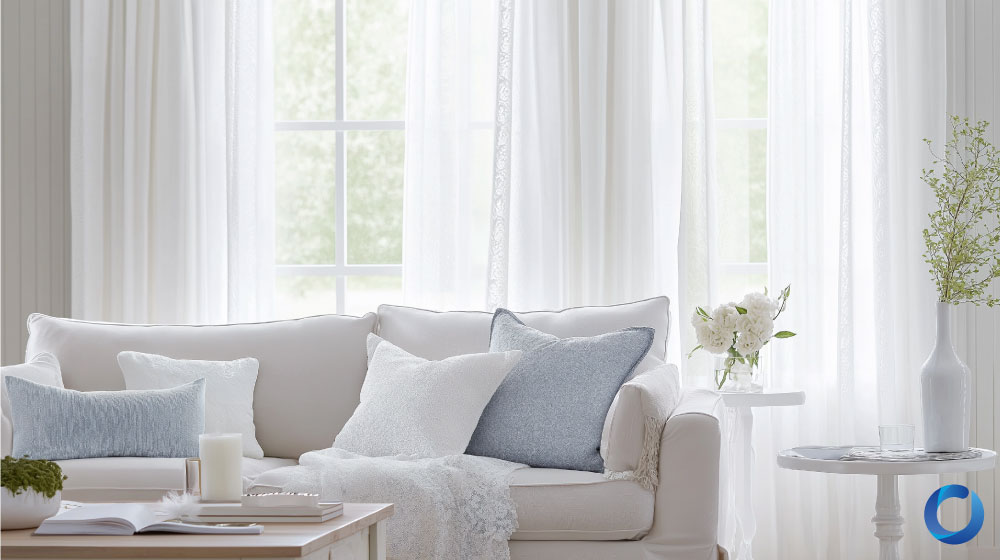
- Keep things airy with lace and sheer
Lace and sheer curtains are perfect additions to rooms primarily used in the daytime, such as living rooms and hallways. These types of curtains allow you to maintain an airy atmosphere while providing sufficient privacy and diffusing harsh sunlight. While we typically think of the white translucent chiffon or polyester material, using colorful sheers to complement your main opaque curtain can also create a beautiful layering effect.
To add a vintage flare, opt for curtains with scallop edges or colorful ribbon accents along the cornices. Layering these sheers with opaque curtains can also add depth and texture to your window treatments, creating a more elegant look.
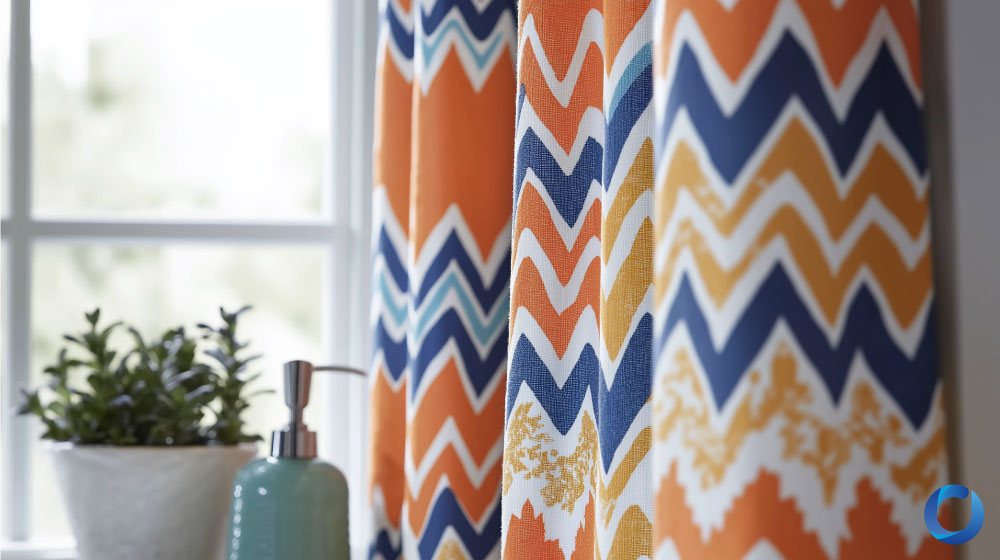
- Create symmetry with geometric prints
A playful way to incorporate vintage curtains into your decor is by selecting retro geometric prints. From ikat to chevron, there are plenty of fun retro prints in a variety of colors that can help you achieve this look.
These prints are particularly effective in practical spaces such as kitchens and bathrooms, where they can serve as a captivating focal point. Additionally, a uniform geometric print also adds a sense of symmetry to a room, making it especially beneficial for smaller or irregularly shaped spaces. A good tip to avoid mildew or mold from growing is to use antibacterial or water-repellant fabric for these rooms
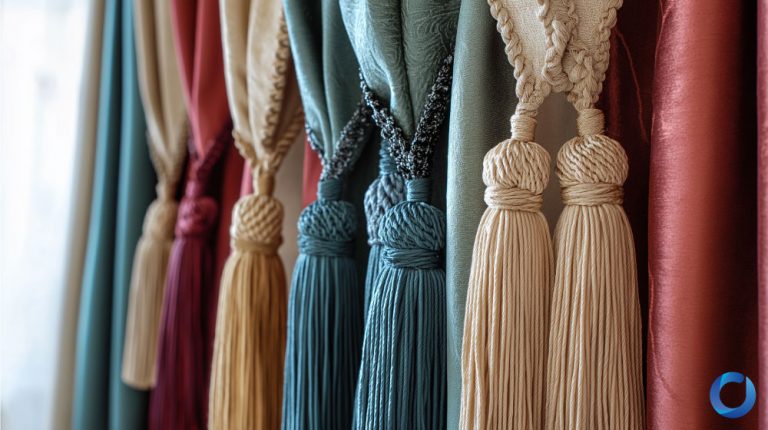
- Add fun trimmings
For a bit of added drama, tassels, fringes, braids, and chords are a great way to create a powerful impact on curtains. For added personalization, customize their colors and sizes to bring visual interest to a traditional window treatment or to bridge the different hues in your decor and furniture. A simple way to include this trend is by using a fringe or tassel tieback to accentuate your drapery.
Best way to style vintage curtains
For a bit of added drama, tassels, fringes, braids, and chords are a great way to create a powerful impact on curtains. For added personalization, customize their colors and sizes to bring visual interest to a traditional window treatment or to bridge the different hues in your decor and furniture. A simple way to include this trend is by using a fringe or tassel tieback to accentuate your drapery.
Best way to style vintage curtains
Apart from the design options, there are also plenty of practical features that should be considered when styling your curtains. The size, length, and accessories that accompany the curtains can also make or break a scheme, so it is important to plan out your design thoroughly.
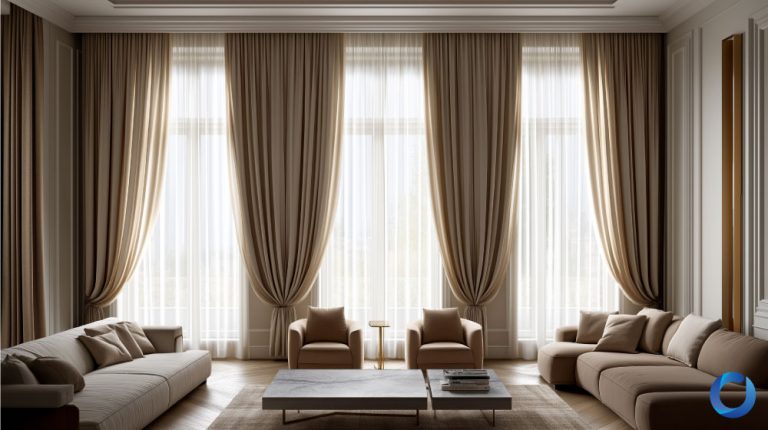
- Getting the perfect dimensions
The most crucial element to get right in a curtain design is the measurements. Curtains can be sized to remain mostly open, completely closed, layered, or purely decorative. Depending on the length, the drape and pleats can dramatically alter the appearance of the curtains.
For areas like the living room and bedroom, curtains should generally be floor length or even one to ten inches longer to create a lavish puddled look on the floor. Regardless if they will be hung behind furniture, longer curtains will maximize the vertical space of a room and make your ceilings look higher. This length looks best for dressing windows, especially when layered with sheers. For areas that are exposed to humidity and water, such as the kitchen or bathroom, opt for curtains that end at the window sill.
To get the right width, account for the full length of your rod, specifically for the main curtain that you intend to close at night. For custom curtains, the width should be 1.5 to 3 times the length of the rod to cover the entire window, once pleated.
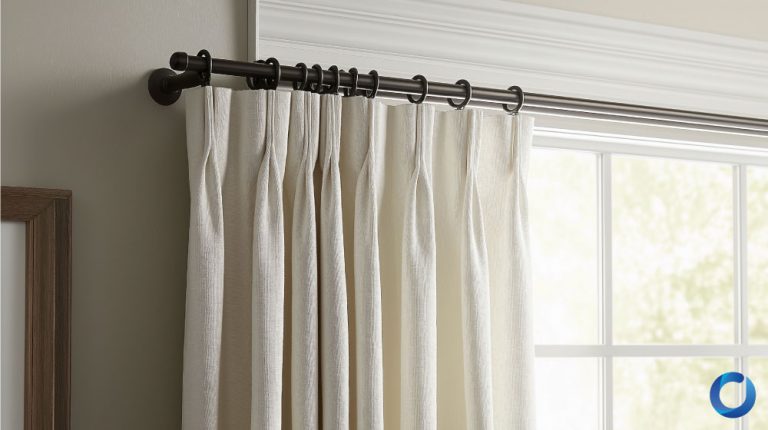
- Consider hardware and placement of the rod
Another important factor to consider when designing your curtains is the type of rod or rail you will use to hang them. Whether it is wood, steel, or a hidden track, ensure they are suitable for your overall design scheme. If you are planning to layer your curtains, ensure you have a second rod that is hung at the appropriate length to get the desired volume and length.
Rods are typically placed higher and wider than the window to make them appear larger and allow more sunlight to enter the room. A rule of thumb is to place the rod at least eight inches above the window. For rooms with higher ceilings, you may even budget 12 to 24 inches above the window to accentuate the height of the room.
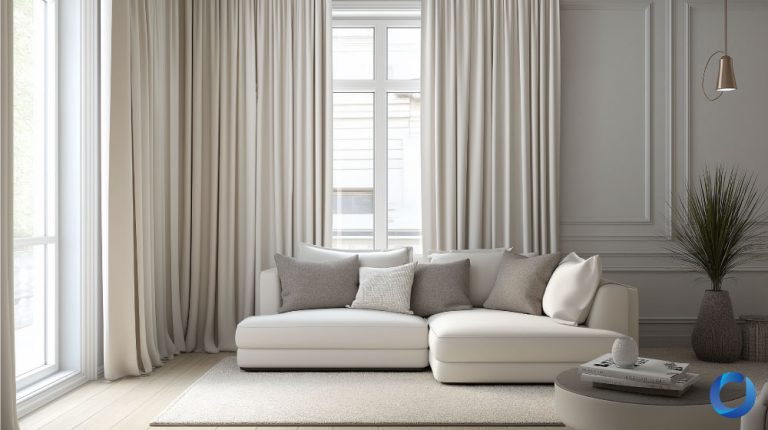
- Simplify the pleats
A tip interior designers suggest to modernize the vintage curtain look is to use a European pleat. This style begins the gathering right at the top of the rod and cascades gracefully to a wide bottom, offering a cleaner than the typical pinch pleat. This approach prevents the curtain scheme from appearing too heavy and allows the full design of the fabric to be prominently displayed.

- Creating harmony and visual balance
While the vintage curtain trend encourages experimenting with bold colors and patterns, be careful not to go overboard. Over-decorating can make your interior design look stuffy and outdated. For example, if you want to go for long tassels, forgo the valance. If you are choosing a bold pattern, avoid an ornate railing.
When layering, also consider the weights of the fabrics. One way to make your curtains look less dense is to use light-filtering materials such as lightweight linen. Less translucent than sheers but not as opaque as block-out curtains, these fabrics still offer privacy, while allowing light to trickle in. Adding fine details such as outlined cornices or trims in a contrasting color can also help the curtains look more crisp and streamlined.
Common curtain styling mistakes
There are no hard and fast rules in decorating but do avoid these common mistakes that can easily ruin your curtain design scheme. And since custom curtains can be quite an investment, it is worth getting them right the first time.
1. Prioritizing form over function
One of the biggest mistakes that many homeowners make is neglecting function in favor of aesthetics. While it is important to consider the visual appeal of your curtains, it is crucial to ensure the type and fabric used can meet your practical needs. For example, certain delicate fabrics might not be suitable in areas like the kitchen, where they can easily stain and absorb lingering odors that are difficult to remove. If possible, consult a professional or do adequate research before buying your curtains.
2. Inappropriate placement
Before installing your curtain rod, make sure it is not obstructing any air conditioning vents or light fixtures on the wall. Blocking these elements can cause the curtains to constantly flutter or billow, which could diminish any aesthetic or functional benefits. Additionally, it can also become a fire hazard that could put your home at risk.
3. Cutting corners
Choosing curtains is often a last-minute consideration but in reality, plays a huge role in tying a room together. As a key finishing touch, they can even make or break the entire interior design of the room. While many design features can be easily sourced on a budget, investing in high-quality curtains is worth the splurge. Bespoke or high-quality curtains can last between five to ten years, whereas low-quality fabrics are likely to deteriorate quickly due to prolonged exposure to sunlight and extreme heat.
